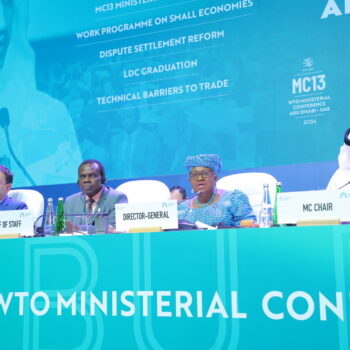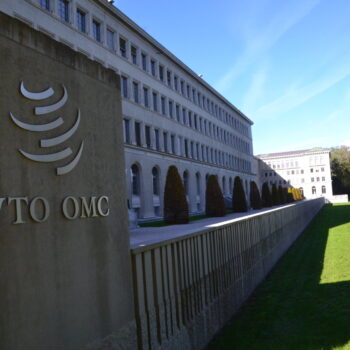The European Parliament and the Council have just reached an agreement on the aspects of the ‘Clean Energy for All Europeans’ package related to electricity market design; a set of rules which will shape European electricity markets for the next decade.
Reacting to the initial elements of the deal, Manon Dufour, Head of Brussels Office at E3G, said
Today’s trilogue was an exercise in damage control, from what the Council had initially agreed to exactly a year ago. The resilience of the European Parliament’s negotiators and a last-minute surge by progressive member states will lead to a limitation in coal subsidies in the form of capacity payments from 2025.
But overall, this outcome falls short of what is required for a prompt transition to a net-zero emissions economy. The good news is that the new rules are enough to make the transition possible, but sadly they will fail to accelerate the transformation of Europe’s electricity sector.
New electricity market design rules had the potential to trigger the fast development of demand response, to ensure the optimal use of interconnections and to promote competition between incumbents and new innovative business models. At the end of the day, EU governments were unwilling to fully embrace these opportunities.
ENDS
Notes to editors
- The 6th and final trilogue on the Electricity Directive and Electricity Regulation closed after more than 14h of negotiations, at 1am on 19 December 2018.
- The detailed content of the agreement will only be released in the coming days/weeks, but the outline of the deal on emissions limits capacity mechanisms is as follows. Plants emitting more than 550g/kWh starting commercial production after entry into force of the regulation (~ summer 2019) will not be able to receive capacity payments after entry into force – unless they’ve been contracted before 2020. Plants emitting more than 550g/kWh and 350kg/kW/yr will not be able to receive payments from July 2025 – unless they’ve been contracted before 2020.


